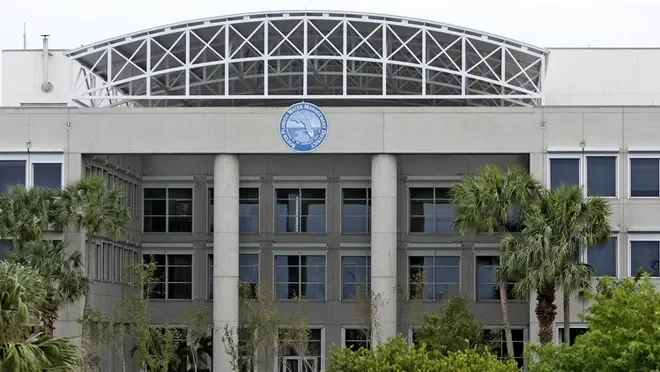Understanding Water Control Districts in South Florida
Water management in South Florida is one of the most complex systems in the country — balancing flood protection, stormwater quality, and natural ecosystem preservation.
At the center of this system are Water Control Districts (WCDs) — local agencies that oversee drainage and water management infrastructure for specific regions.
For developers and engineers, understanding how these districts operate is essential to securing permits, designing compliant systems, and preventing flooding risks.
What Are Water Control Districts?
Water Control Districts (also known as Drainage Districts) are independent local governmental entities established under Chapter 298, Florida Statutes.
They are responsible for:
Constructing and maintaining canals, culverts, and water control structures.
Managing stormwater discharge and retention systems.
Reviewing site plans for compliance with district-specific design criteria.
Protecting communities from flooding during heavy rainfall events.
Each district operates independently but typically coordinates with the South Florida Water Management District (SFWMD) for regional water management.
For related permitting processes, see:
How to Submit a Drainage Report to SFWMD.
Key Responsibilities of Water Control Districts
| Function | Description | Example Activities |
|---|---|---|
| Drainage Maintenance | Ensures canals, ditches, and culverts are clear and functional. | Regular mowing, silt removal, and debris cleaning. |
| Flood Control | Manages water levels through gates, pumps, and retention areas. | Operates control structures during storm events. |
| Permit Review | Reviews proposed site plans for compliance with drainage standards. | Approves stormwater connections, culvert sizes, and outfalls. |
| Coordination with SFWMD | Aligns local drainage criteria with regional stormwater basins. | Implements SFWMD design standards for stormwater and water quality. |
| Public Safety & Education | Provides information about flood risks and waterway maintenance. | Publishes drainage system maps and annual maintenance reports. |
How Engineers Work With Water Control Districts
Civil engineers coordinate with WCDs at multiple project stages, including:
Due Diligence: Verifying district boundaries and applicable drainage criteria.
Design Phase: Aligning stormwater calculations with district standards.
Permitting: Submitting drainage reports and plans for district review.
Construction: Ensuring structures and discharge points match approved permits.
Closeout: Providing as-built certifications and maintenance plans.
For more on regional coordination, see:
How Local Drainage Districts Affect Site Development.
Major Water Control Districts in South Florida
Some of the most active WCDs include:
Indian Trail Improvement District (ITID) – Palm Beach County
Lake Worth Drainage District (LWDD) – Palm Beach County
North Springs Improvement District (NSID) – Broward County
Acme Improvement District – Wellington area
Bonita Springs Water Control District – Lee County
Each district has its own drainage manual and permit application process. Developers must apply directly through the district for drainage connections or improvements affecting district-maintained canals.
Common Review Requirements
When working with a Water Control District, typical submittal items include:
Drainage report sealed by a professional engineer.
Site plan with existing and proposed topography.
Hydraulic calculations for culverts and outfalls.
Cross-sections of canal tie-ins.
Legal documents for easements or right-of-entry.
For example, the Lake Worth Drainage District requires permits for all work within 10 feet of a district canal right-of-way.
Challenges Developers Face
Working across overlapping jurisdictions often creates confusion. Common challenges include:
Conflicting drainage criteria between city, county, and district.
Unclear canal ownership boundaries.
Delays in securing approval for canal outfall connections.
Need for easement modifications or transfers.
A civil engineer experienced in South Florida drainage systems ensures that all agencies’ standards are harmonized in the design.
Conclusion
Water Control Districts are the backbone of South Florida’s flood management network. Understanding their roles, processes, and technical standards is crucial for designing safe, compliant, and sustainable projects.
At RSP Engineers, we maintain relationships with local districts across South Florida, helping clients navigate permitting and design coordination from concept to construction.
FAQs
-
No, but many urbanized areas are within district boundaries that regulate drainage.
-
No, they are separate. Many projects require both approvals.
-
Only with written approval and a sealed drainage report demonstrating no adverse impact.
-
Typically 30–45 days depending on complexity and responsiveness.
Partnering With Florida Developers for Drainage Coordination
At RSP Engineers, we streamline coordination with Water Control Districts, SFWMD, and local agencies — ensuring your stormwater system meets every regulatory standard from design through approval.











